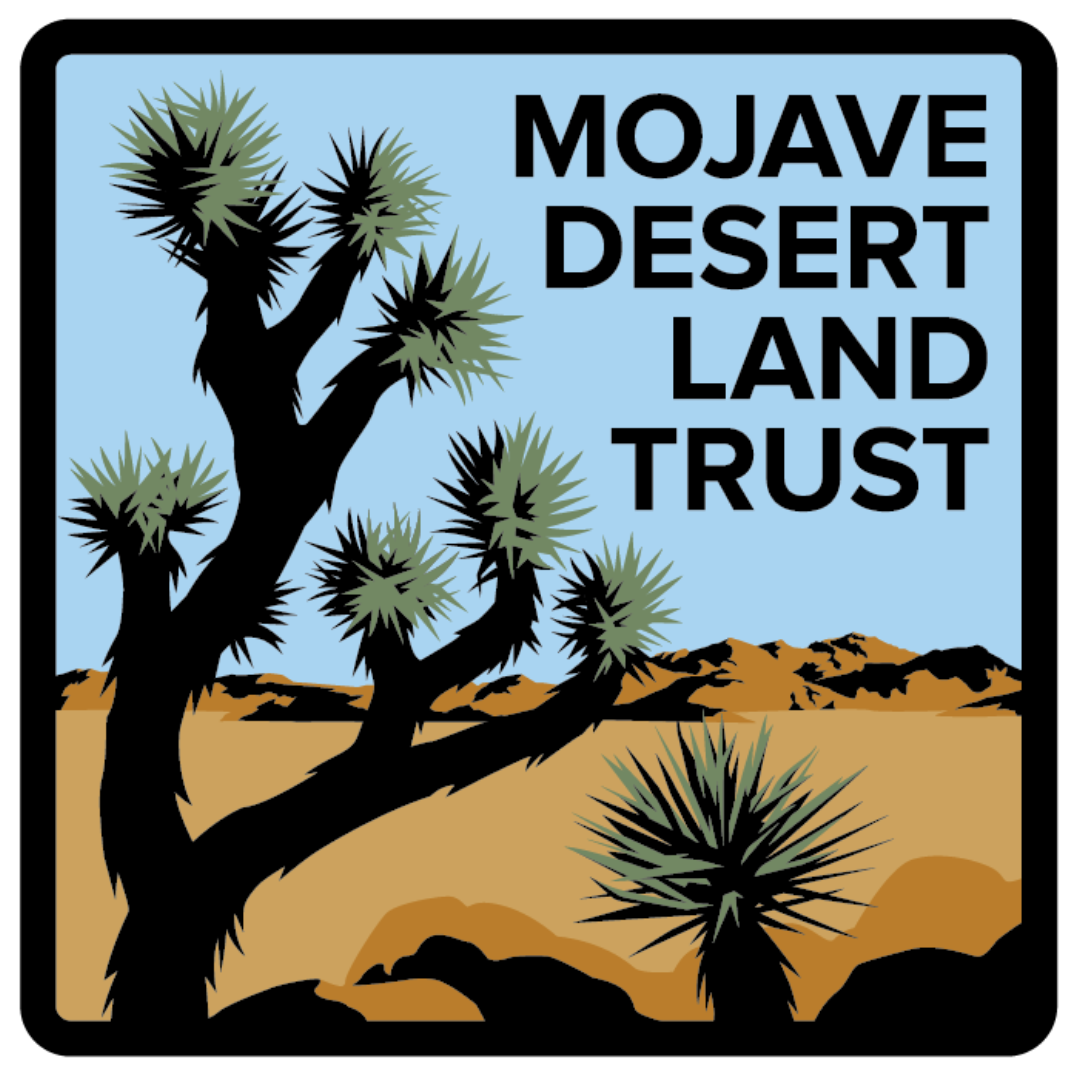DRECP amendment would have catastrophic effect on wildlife habitat
FOR IMMEDIATE RELEASE
January 14, 2021
Contact: Jessica Dacey, Director of Communications
Phone: 760-820-2275
jessica@mdlt.org
Joshua Tree, CA – The Bureau of Land Management has released a proposed amendment to the Desert Renewable Energy Conservation Plan (DRECP), rolling back a decade-long collaborative effort to manage desert lands.
As an organization involved in land use planning, the Mojave Desert Land Trust witnessed how the DRECP produced certainty for both industry and desert communities. Over 50 stakeholder groups at the federal, state, and local levels worked together to develop a land use plan that balances conservation, recreation, and renewable energy development on more than 10.5 million acres of California desert public lands.
The amendment’s proposed changes include:
Reducing the California Desert National Conservation Lands by approximately 2.2 million acres. The California Desert National Conservation Lands are public lands offering nationally significant places for exploration and the protection of critical wildlife habitat.
Reducing the number of Areas of Critical Environmental Concern (ACECs) from 129 to 97 and thus reducing the acreage of the ACECs by approximately 1.8 million acres. ACECs are entitled to special management to help protect their important and fragile historical, cultural, and scenic values, or wildlife or other natural resources.
Modifying or eliminating 68 Conservation Management Actions (CMAs), which would allow for greater impacts on the California Desert National Conservation Lands as well as allowing energy development in Special Recreation Management Areas (SRMAs). SRMAs are intended to offer recreational opportunities, such as creating trailhead areas for hikers, mountain bikers, or off-road vehicle users.
“Large, interconnected systems of reserves representative of the biological diversity of the desert are essential to the health and survival of its plant and animal populations. The areas conserved by the DRECP, together with designated parks, monuments and wilderness areas, largely achieved this aim,” said Geary Hund, Executive Director of the Mojave Desert Land Trust.
“The drastic reduction in conservation lands, including wildlife corridors, together with the increased development contemplated by this amendment, would reduce and fragment habitat to catastrophic effect, including the potential loss of species such as desert tortoise, desert bighorn sheep, and Joshua trees. Central to our mission is the acquisition and protection of important conservation lands. Without a robust desert reserve system, the significant conservation gains we and our partners have achieved over many decades would be greatly compromised.”
The Mojave Desert Land Trust (MDLT) is a 501(c)(3) non-profit organization with the mission to protect and care for lands with natural, scenic, and cultural value within the Mojave Desert. Since its founding in 2006 the land trust has conserved nearly 90,000 acres, conveying more tracts of land to the National Park Service in the last decade than any other organization. In addition to acquiring land, the land trust established a seed bank to ensure the preservation of native species. MDLT operates an onsite nursery at its Joshua Tree headquarters which propagates native species for ecosystem restoration. MDLT educates and advocates for the conservation of the desert, involving hundreds of volunteers in our work. For more information, visit mdlt.org.
